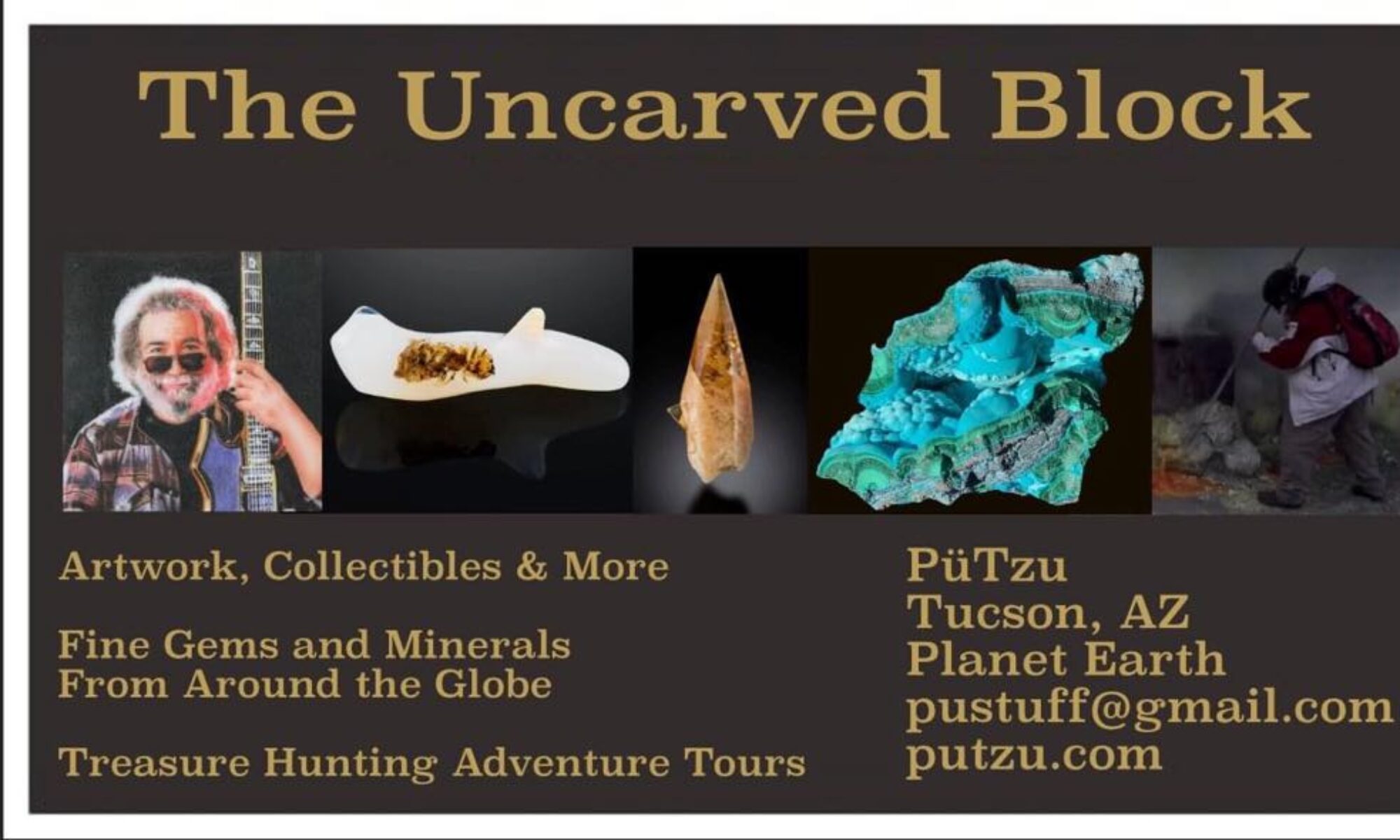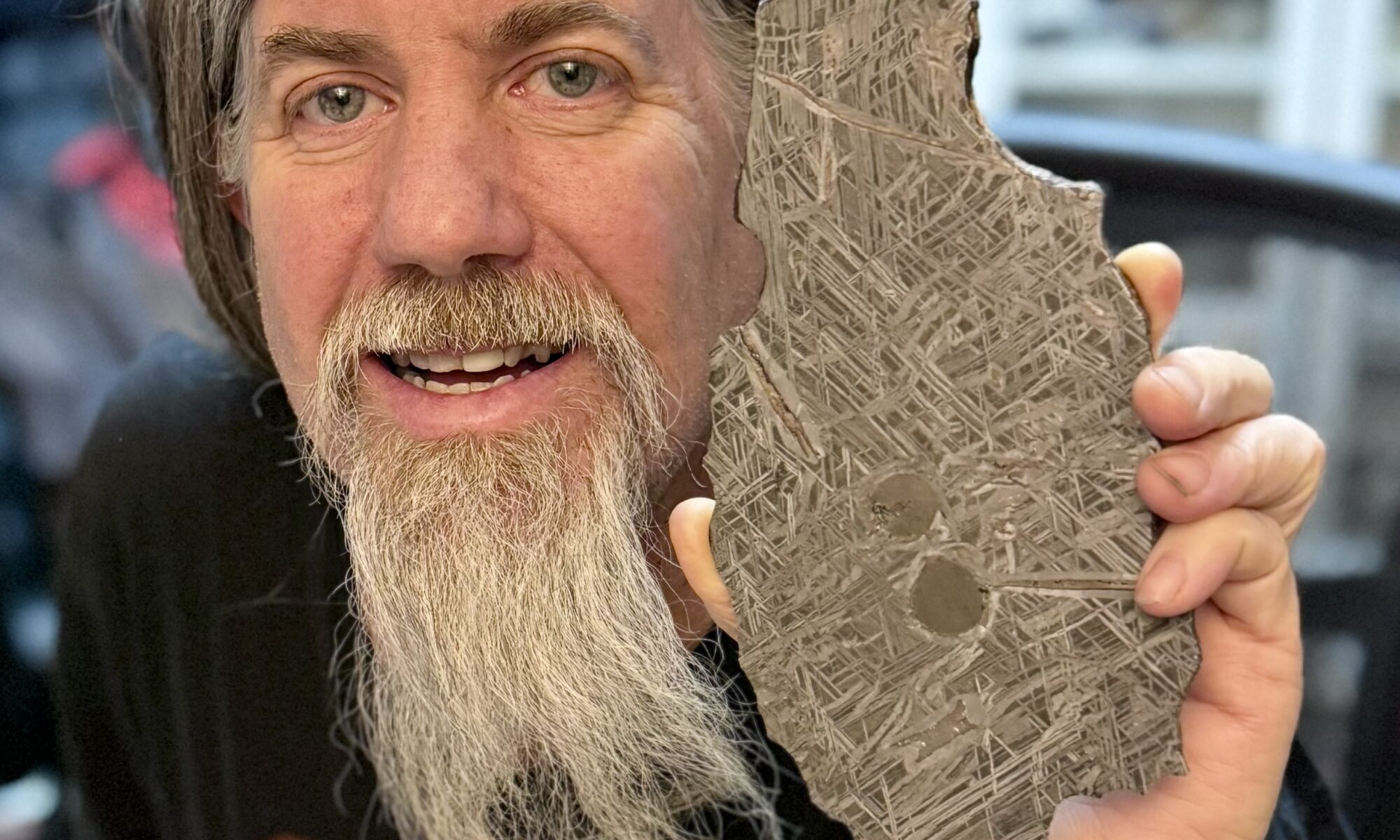The Widmanstätten pattern is an amazing feature of some meteorites.
Try out my new audio deep dive overview feature!!!
Understanding the Essentials
Before choosing a saw, it’s crucial to understand the material you’re cutting and the non-negotiable features your equipment must have. This section covers the properties of NWA 16619 meteorites and the essential components, like coolant systems and sample holders, required for a successful and safe cut.
Meteorite Properties: NWA 16619
Hardness: ~6 Mohs
Similar to hard minerals like quartz and agate. This dictates that only diamond-tipped blades will be effective.
Value & Significance
As valuable extraterrestrial specimens, minimizing material loss (kerf) is a primary concern. The choice of saw and blade thickness must be balanced against the specimen’s value.
Critical Saw Features
Secure Sample Holding
A robust vise or clamp is mandatory to prevent movement, ensuring straight cuts and preventing blade damage.
Mandatory Oil Coolant System
For a hardness of 6 Mohs, specialized mineral oil coolant is required. Water is ineffective and will lead to blade failure.
Controlled Feed Mechanism
A slow, steady, and uniform feed prevents blade wobble and ensures precise, consistent slice thickness.
Interactive Saw Finder
Choosing the right saw is a balance of budget, precision, and the size of your meteorite. Use the filters below to find the saw that best matches your needs. The chart shows the general price ranges, and the gallery will update to show suitable options.
Saw Tiers by Price Point (USD)
Diamond Blade Selection
The blade is as critical as the saw. The right choice affects cut quality, material loss (kerf), and efficiency. For hard stony meteorites, a thin, continuous rim blade with a soft bond is generally preferred.
Continuous Rim (Sintered)
- ✔**Superior Finish:** Produces smoother cuts with less chipping.
- ✔**Longer Lifespan:** Diamonds are embedded in a durable metal bond.
- ✖**Higher Cost:** More expensive upfront investment.
Recommended for high-quality, precision work.
Notched Rim
- ✔**Lower Cost:** More budget-friendly initial purchase.
- ✔**Very Thin Options:** Can minimize kerf and save valuable material.
- ✖**Shorter Lifespan:** Wears out more quickly than sintered blades.
Good for budget-conscious users where minimizing kerf is key.
Safety & Best Practices
Operating a lapidary saw requires strict adherence to safety protocols. This section outlines the essential personal protective equipment (PPE) and operational best practices to ensure a safe and effective cutting process.
Wear Goggles
Always protect your eyes from debris and coolant splashes.
Use Hearing Protection
Mitigate noise exposure, especially during long cutting sessions.
Use a Dust Mask
Always cut wet, and wear a mask to avoid inhaling hazardous stone dust.
Manage Coolant
Regularly clean and refill the reservoir with the correct mineral oil.

